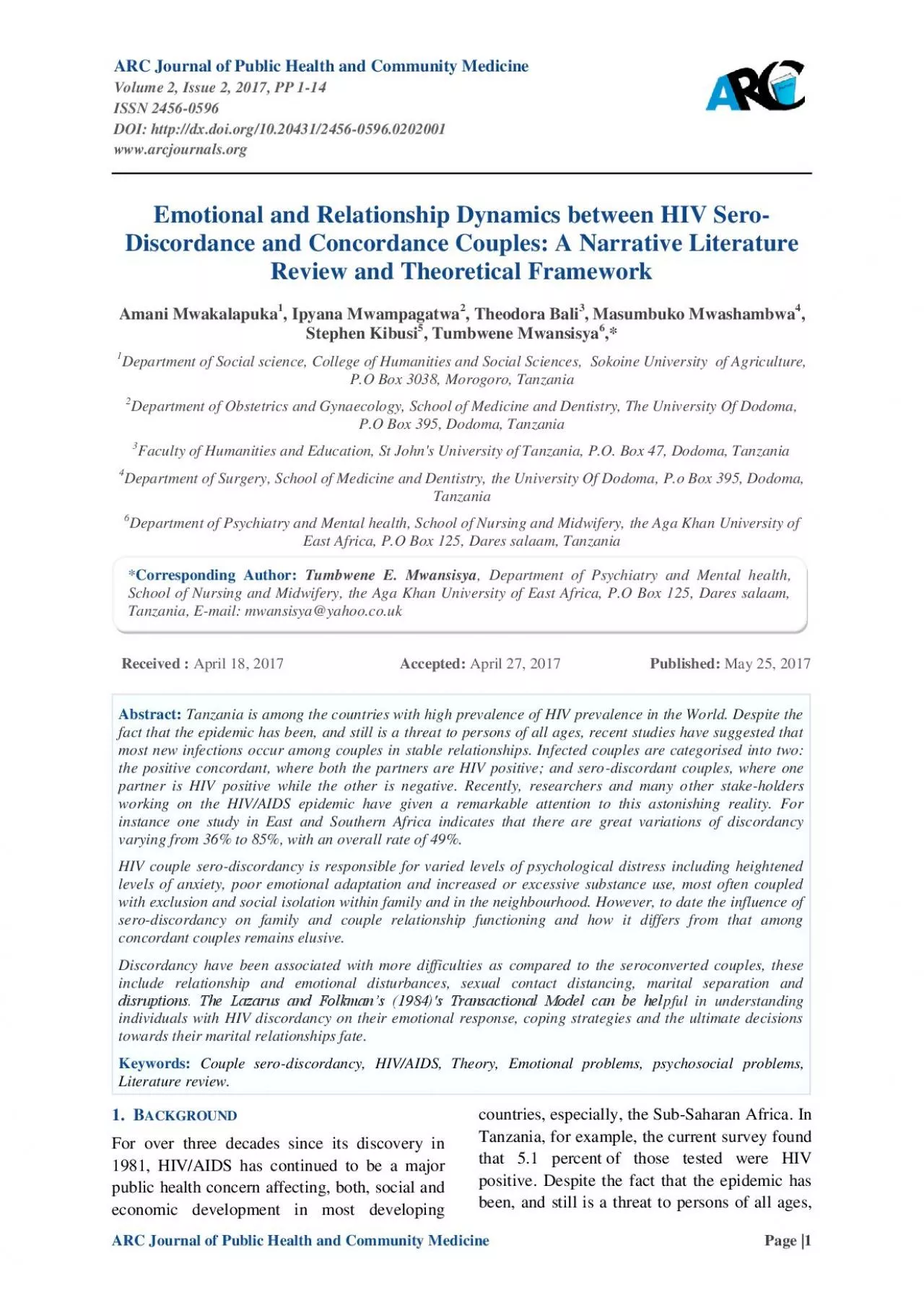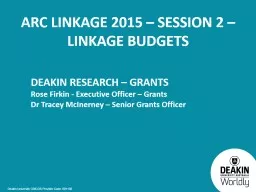PDF-ARC Journal of Public Health and Community Medicine
Author : eloise | Published Date : 2022-08-24
Volume 2 Issue 2 2017 PP 1 14 ISSN 2456 0596 DOI httpdxdoiorg10204312456 05960202001 wwwarcjournalsorg ARC Journal of Public Health and Community Medicine Page
Presentation Embed Code
Download Presentation
Download Presentation The PPT/PDF document "ARC Journal of Public Health and Communi..." is the property of its rightful owner. Permission is granted to download and print the materials on this website for personal, non-commercial use only, and to display it on your personal computer provided you do not modify the materials and that you retain all copyright notices contained in the materials. By downloading content from our website, you accept the terms of this agreement.
ARC Journal of Public Health and Community Medicine: Transcript
Download Rules Of Document
"ARC Journal of Public Health and Community Medicine"The content belongs to its owner. You may download and print it for personal use, without modification, and keep all copyright notices. By downloading, you agree to these terms.
Related Documents














